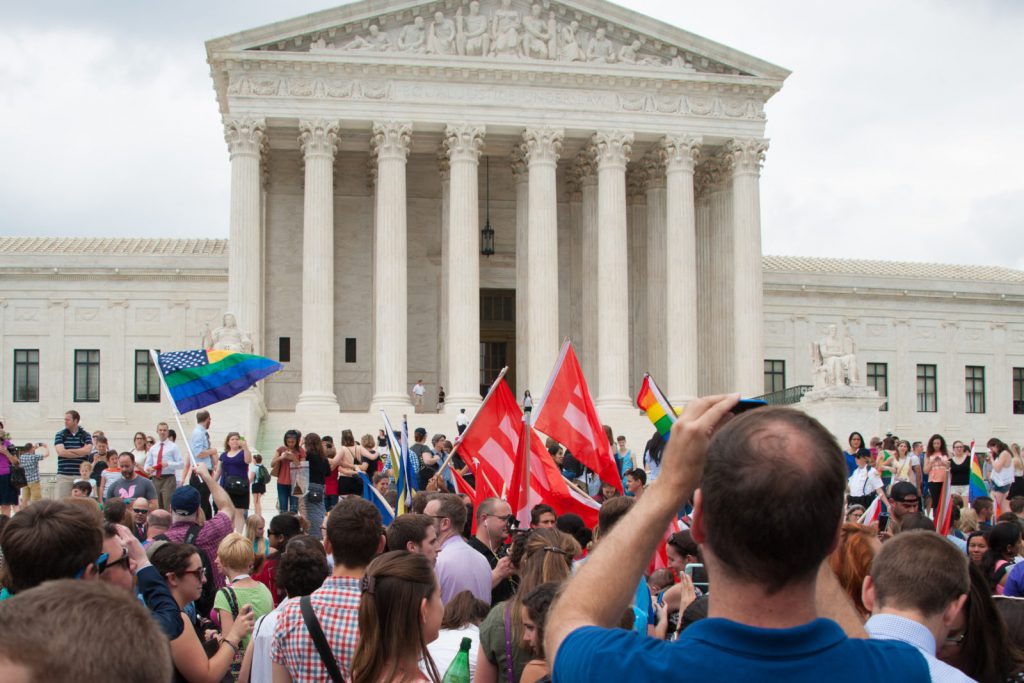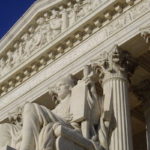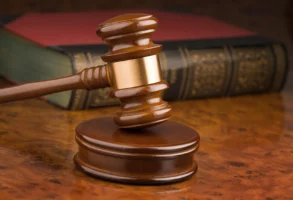
Published July 9, 2015
National Review - July 20, 2015 issue
“Just who do we think we are?” That was Chief Justice John Roberts’s plaintive query to his five colleagues — Justice Anthony Kennedy and the four liberal justices — as they imposed on the American people a radical redefinition of marriage that, as Roberts observed, “has no basis in the Constitution or this Court’s precedent.”
The legal question in Obergefell v. Hodges was not whether it’s a good idea to redefine marriage to include same-sex couples. It was instead whether the Court would foreclose the ability of the people in each state to decide that important question for themselves. In denying American citizens their rightful authority over that question, the Court majority acted unconstitutionally and displayed (in the chief justice’s words) an “extravagant conception of judicial supremacy.” How Americans respond in the coming months and years to this judicial usurpation will reveal much about who we think we are — and about what America will become.
In his majority opinion, Kennedy conceded that all of the Court’s precedents recognizing a right to marry “presumed a relationship involving opposite-sex partners.” But, to Kennedy, that presumption reflected the blinkered understanding of past ages. That’s how Kennedy breezily disposed of the inconvenient fact that the Court in 1972 — with Thurgood Marshall, William J. Brennan Jr., and William O. Douglas, three of the most liberal justices ever — dismissed as frivolous the claim that there was a constitutional right to same-sex marriage. In the core of his opinion — if, that is, a bag of gas can be said to have a core — Kennedy contended that the “reasons marriage is fundamental under the Constitution apply with equal force to same-sex couples.”
It was left to the dissenters to point out the elementary fact that the sexual complementarity embedded in the historical definition of marriage, far from being an incidental feature, is rooted in the unique procreative capacity of heterosexual intercourse. That reality doesn’t mean that the people can’t redefine marriage through democratic processes. But it does explain why the constitutional right to marry that the Court has recognized doesn’t extend to same-sex couples.
The Court’s ruling poses severe threats to marriage. The collapse of our marriage culture in recent decades — a collapse for which heterosexuals are responsible — has produced a society in which more than 40 percent of births now occur to unmarried mothers. That collapse has resulted from the weakening of the bond between marriage and procreation — from the widespread rejection of the principle that (as the chief justice put it in his dissent) “for the good of children and society, sexual relations that can lead to procreation should occur only between a man and a woman committed to a lasting bond.”
The redefinition of marriage — in the guise of the Constitution, no less — to include same-sex couples formally eliminates any connection between marriage and procreation. Heterosexual marriage will suffer — not because heterosexuals see the guys next door getting married but because the law is now proclaiming that marriage has nothing to do with procreation. Further, candid gay activists acknowledge that non-monogamy is rampant in gay marriages, and they celebrate that the redefinition of marriage will undermine the norm of marital monogamy.
Speaking of non-monogamy: The chief justice observed in his dissent that although Kennedy’s opinion “randomly inserts the adjective ‘two’ in various places, it offers no reason at all why the two-person element of the core definition of marriage may be preserved while the man-woman element may not.” In the immediate wake of the marriage ruling, more and more advocates of polyamory have come out of the closet to argue that the arguments for same-sex marriage support a right to plural marriage. Indeed, the best argument that we are not sliding fast down the slippery slope is that the polygamist version (one husband, many wives) of polyamory has been historically common and is thus arguably upslope from same-sex marriage.
By misbranding defenders of marriage as opponents of the Constitution, the Court’s ruling will also sharply intensify the threats to religious liberty. Perhaps the most revealing moment at oral argument in Obergefell came when the solicitor general candidly admitted that the nonprofit tax status of institutions that oppose same-sex marriage was “certainly going to be an issue.” Religious schools that live out their beliefs also will be threatened with discrimination lawsuits and the risk of losing their accreditation. Religious charities face being ineligible for government grants and contracts. And individual Americans who hold the same beliefs about marriage that President Obama professed when he was elected can expect to be penalized, marginalized, and stigmatized.
In two throwaway sentences in his majority opinion, Kennedy sought to dispel such concerns. But Roberts, parsing Kennedy’s words, showed how empty they were and how foolish it would be to expect meaningful protection for religious liberty from the same justices who regard traditional beliefs about marriage as a form of bigotry.
Specific legislative protections are needed to address these threats. The First Amendment Defense Act, introduced in the Senate by Mike Lee (R., Utah) and in the House by Raul Labrador (R., Idaho), is a good start. Known in past versions as the Marriage and Religious Freedom Act, the bill would bar the federal government from discriminating in various ways against individuals and groups who adhere to the belief that marriage is a male–female union. Because the bill deals only with discriminatory actions by the federal government, similar legislation in the states is also necessary.
State legislators need to recognize that so-called Religious Freedom Restoration Acts are no substitute for specific legislative protections. RFRAs set forth a very general standard that judges will apply to determine whether a burden on religion is justified, and any protection they provide is highly uncertain and often attainable only after costly litigation. Worse, as the recent Indiana brouhaha shows, efforts to enact RFRAs invite demagogic parades of horribles that, given the vagueness of RFRAs, are nonetheless impossible to disprove. Far better to have the debate, both in the legislature and in the public square, focus on carefully defined issues, such as whether the nonprofit tax status of religious schools that understand marriage as a male–female union should be protected from bureaucratic assault.
The Court’s ruling also presents a difficult challenge to state officials who understand that they have sworn to uphold the Constitution — not the Supreme Court’s mistaken interpretations of it — and who recognize that their state laws defining marriage as the union of a man and a woman are valid and enforceable under the real Constitution. It is appalling that the Court has put them to a choice between acquiescence to its own flagrant illegality and obedience to the Constitution.
Obergefell ought to be a powerful reminder that the future of the Court is very much at stake in the 2016 presidential election. The four oldest justices — Ginsburg, Scalia, Kennedy, and Breyer — will be 83, 80, 80, and 78 when the next president takes office. That president will likely have the opportunity to establish a clear ideological majority on the Court. Conservatives who are disappointed with the chief justice need to bear in mind that Kennedy’s failings are magnitudes worse than those of Roberts, and that anyone a President Hillary Clinton appointed to the Court would be much worse than Kennedy is. If we are ever to turn back the progressive assault on marriage, religious liberty, and the broad array of classic American values, it is essential that we elect a good president in 2016.
– Mr. Whelan, president of the Ethics and Public Policy Center, is a regular contributor to National Review’s Bench Memos blog.












